
Fuel prices for fishing vessels have risen beyond what was predicted as the worst-case scenario in April, leading to some vessels being tied up and crews walking away, seafood sector insiders have warned.
Seafish, the industry body for seafood, said that fuel prices – which it had expected to peak at the level of 90p per litre (all tax excluded) for the sector – were now close to £1 on average at ports.
High fish prices on the first sale market were helping some fishers to mitigate the impacts of fuel price increases, but some crews were more vulnerable than others to changes, said the public body.
These concerns were echoed by the National Federation of Fishermen’s Organisations’ chairman, Paul Gilson, who said in a statement that “the price has, for several weeks, been hovering around the point where it becomes no longer viable to go to sea because earnings no longer cover costs – of which fuel is the most significant component”.
The sector, however, “as price takers, rather than price makers, cannot, unlike other sectors, simply pass on higher fuel costs to the consumers”, added Gilson.
The NFFO’s CEO Barrie Deas added that while the UK was not seeing wide-scale tie-ups of boats yet, this could still become a problem without further support for the sector – leading to a wider impact on fresh fish supply in the UK.
The situation was being further exacerbated by the fact low profit margins were leading to fears of labour losses and shortages of crews on boats – due to a reduction in the share of any fish haul profit crews depended on to supplement their basic pay.
According to Deas, this was worsening an already difficult situation with labour in the fishing industry. which he attributed to the government’s immigration policy. Most workers come in on transit visas where boats must operate beyond 12 miles from land, which the NFFO describes as “inappropriate”.
Sarah Wilson, co-founder of The Gentleman Fishmonger at Doncaster Fish Market, said that the impact on prices depended on the size of boats. Smaller boats were feeling less of an impact as they tended to stay closer to shore, but this sector only accounted for 3%-4% of what the fishmonger sold. Meanwhile, larger boats and companies were managing to continue to turn profits, but mid-size boats were being hit the hardest, which was “heartbreaking”, she added.
Her comments were echoed by a Seafish spokeswoman, who said certain species and fleets were more at risk than others, such as scallop dredgers, beam trawlers and nephrops trawlers, which used active fishing gears.
These issues had caused margins to shift downwards, meaning previously expensive, wild caught local varieties were becoming comparatively affordable. “We are now paying 40% cost above where salmon was in November last year,” which has made fish like Scarborough wild sea trout “now affordable in relation to the farmed product but they only have so much quota so you can’t feed the population on it”, she warned.
Fuel prices are also having an impact further along the supply chain, with The Gentleman Fishmonger having to think creatively to save costs, such as reducing the speed of all vans by 10mph to save on fuel and keep costs the same as last month. Wilson added that many fishmongers were now working together to do pick-ups to save fuel and time.
“We are now having to look at what do we need to survive, what is the amount we need our lads to earn so therefore we are having to drop margins where possible and take a hit as a company until we see how this levels out,” she said.







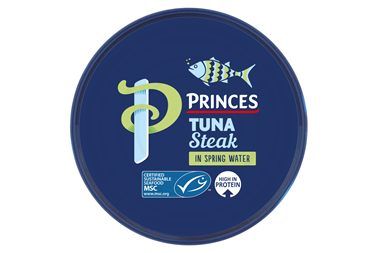
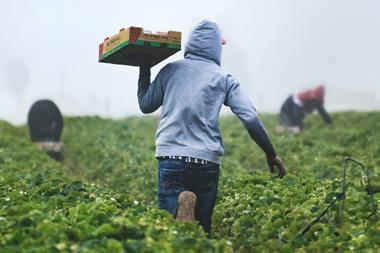

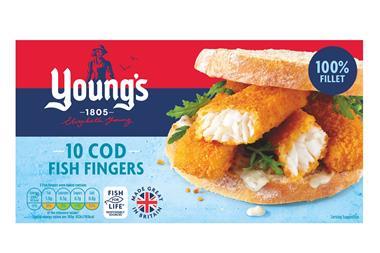
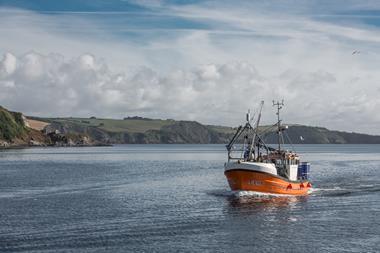
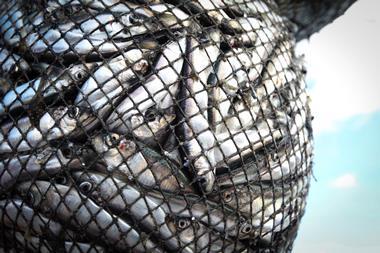






No comments yet